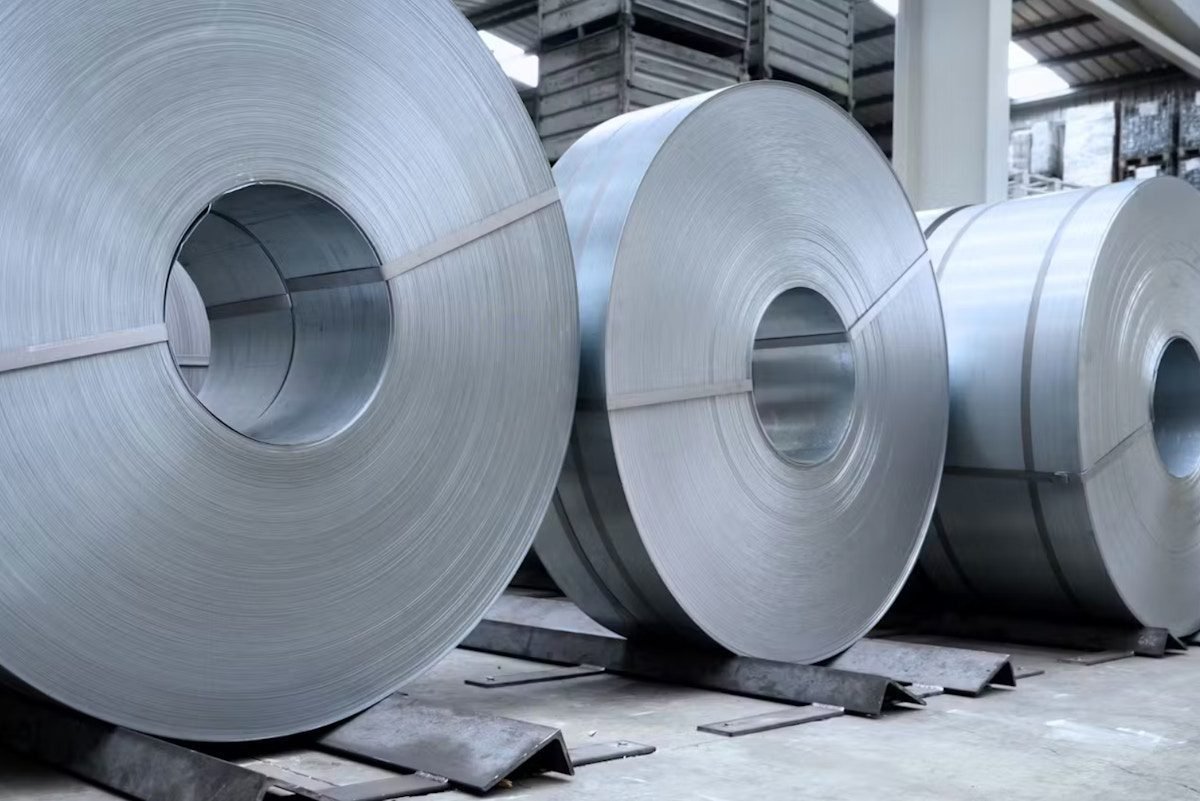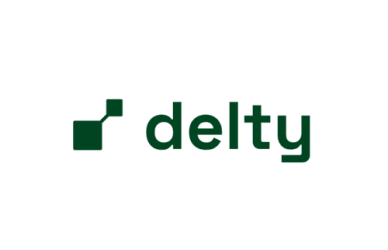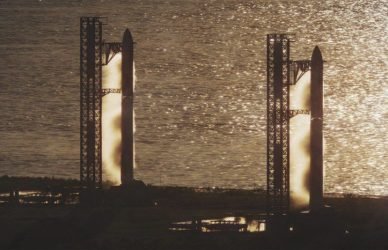Latest Job Opportunities in India
Discover top job listings and career opportunities across India. Stay updated with the latest openings in IT, government, and more.
Check Out Jobs!Read More
🌟 The Asia and Pacific fish can open to open 47 trillion US dollars by 2070: Study | News | Environmental works
uncovered
the analysisWith the title Net-Zero: Critical opportunities in the Climate Policy in Asia and the Pacific,, A sign of the extensive gap between climate obligations and high greenhouse gas emissions in an area that produces more than 60 percent of climate pollution in the world.
The current climate pledges for Asia and the Pacific in accordance with the NDCS contributions to the Paris Convention will reduce nearly half a billion mixed emissions equivalent to carbon dioxide by 2030-3 per cent of total emissions. But reaching zero zero requires 2.6 percent discounts every year until 2050.
The procession of emissions in Asia and the Pacific of the year 2030 in NDCS (click to enlarge). Source: Deloitte/IEA
Achieving clear zero ambitions in the region has the ability to develop the Economy and Pacific economy by $ 47 trillion by 2070, but requires a tremendous expansion of emerging technologies and building new industries, which can open 80 trillion US dollars in investing by 2050, the study was presented.
In 2023, Asia and the Pacific Asia invested a record $ 840 billion in low -carbon technologies. But the investment must flow to $ 2.3 trillion annually by 2030, and expand more after the end of the contract to intensify the generation of renewable energy sources, modernize networks, and convert industrial operations, according to the study.
Four major elements have suggested a pivotal in Asia’s transition – cleaner fuel, critical minerals of transition techniques, batteries production, and industrial transformation to heavy industry.
“Future fuel” and the speed of transition
The most difficult sectors that transport-heavy industry, flying, and charging-can not be easily applied, and while cars are solar, wind and electrical (EVS) by expanding their scope quickly, the sectors that are difficult to escape require fuel with a higher energy density, which Deloitte indicates as “future fuel”.
These fuel includes clean hydrogen, artificial fuel such as methanol and ammonia, and biofuels produced from crops or agricultural waste.
The fuel required to remove carbon, carbon, click to zoom
But all over the region, the production of these fuels is currently minimal. Biofuel is less than 4 percent of the transportation capacity, and less than 1 percent of the consuming hydrogen in the region is green. The absorption of sustainable aviation fuel (SAF) and low -carbon lobster fuel is also low.
The report stated that the region must agree on these technologies, the region must agree on standards, definitions and carbon pricing to enable certificates, transparency and ease of trade.
Despite the obstacles that prevent growth, DELOTTE expects the hydrogen demand to grow to 66 million tons by 2030 and 236 million tons by 2050, almost completely from clean sources. By mid -century, emerging fuel may meet 77 percent of aviation fuel needs and 83 percent of the maritime demand for fuel, as it predicted.
Minerals, batteries and industrial batteries
The report has identified three other areas that must be expanded quickly to provide discounts in the necessary emissions by 2030.
The first is critical minerals. The demand for lithium, nickel, cobalt, and rare land is increasing – the EV fleet in Asia and the Pacific is expected to reach 671 million cars by 2050 – each of them requires, on average, 53 kg (kg) of copper, 40 kg of nickel, 13 kg of cobalt and 9 kg of lithium.
But the show is geographically concentrated, in countries like Indonesia (nickel) and the Congo (cobalt), and environmental problems. In the same week that Deloitte launched her studies, the news appeared that the nickel mine Reopened at a hot point for the biological diversity of Raja Ambat in IndonesiaDespite the protests of environmental groups.
The battery production should also expand to achieve greater stability of electricity networks that import renewable energy and help the growth of electric vehicles. The report pointed out that most Asia and the Pacific economies have energy generating emissions, but few have specific strategies for storing and transporting batteries.
In addition, low prices and uninterrupted trade conditions complicate battery investment decisions and supply chain. Meanwhile, the organizational infrastructure, the market and networks were not yet present to support EV freight on a large scale, storage of networks or more distributed energy systems.
The last piece of carbon puzzle is carbon dense industries. Asia and the Pacific Ocean dominate global industrial production – which represents 74 percent of steel, 77 percent of cement, 65 percent of chemicals and 50 percent of fertilizer production.
The report said that the difficult sectors such as steel and cement should be transformed away from the intensive operations of excavations, however, commercially viable alternatives are limited. He pointed out that the techniques, use and storage (CCUS) will be necessary in addition to the emerging negative emissions techniques that can convert carbon emissions into a resource.
What is at stake
The GDP and the Pacific Carbon and the Pacific (GDP) can raise by 7.5 percent by 2070, equivalent to $ 47 trillion in the current value – more than the joint economies in Australia, India and Japan today.
However, failure may cost the region 96 trillion US dollars of climate damage, with agricultural and infrastructure markets and the most exposed work markets.
Kanisan Kulandevilo, Southeast Asia, the leader of sustainability and the emerging guarantee, said that the region to Safar Safar “will be determined through the effectiveness of the next wave of non -carbon.”
“The direction of the clear and coordinated policy is necessary to cancel the investment insurance on a large scale, to provide certainty for emerging technologies, and to enhance across border cooperation. At the same time, companies must re -perceive operations and provide chains to capture opportunities in the new carbon industries,” he said.
🔗 Read more at: Source
Hashtags: #Asia #Pacific #fish #open #open #trillion #dollars #Study #News #Environmental #works
📰 Published by on 2025-09-16 07:00:00
Via Eco-Business: News, Opinion, Jobs, Events, Press Releases and Research for topic Corporate Responsibility
✨ The Asia and Pacific fish can open to open 47 trillion US dollars by 2070: Study | News | Environmental works
uncovered
the analysisWith the title Net-Zero: Critical opportunities in the Climate Policy in Asia and the Pacific,, A sign of the extensive gap between climate obligations and high greenhouse gas emissions in an area that produces more than 60 percent of climate pollution in the world.
The current climate pledges for Asia and the Pacific in accordance with the NDCS contributions to the Paris Convention will reduce nearly half a billion mixed emissions equivalent to carbon dioxide by 2030-3 per cent of total emissions. But reaching zero zero requires 2.6 percent discounts every year until 2050.
The procession of emissions in Asia and the Pacific of the year 2030 in NDCS (click to enlarge). Source: Deloitte/IEA
Achieving clear zero ambitions in the region has the ability to develop the Economy and Pacific economy by $ 47 trillion by 2070, but requires a tremendous expansion of emerging technologies and building new industries, which can open 80 trillion US dollars in investing by 2050, the study was presented.
In 2023, Asia and the Pacific Asia invested a record $ 840 billion in low -carbon technologies. But the investment must flow to $ 2.3 trillion annually by 2030, and expand more after the end of the contract to intensify the generation of renewable energy sources, modernize networks, and convert industrial operations, according to the study.
Four major elements have suggested a pivotal in Asia’s transition – cleaner fuel, critical minerals of transition techniques, batteries production, and industrial transformation to heavy industry.
“Future fuel” and the speed of transition
The most difficult sectors that transport-heavy industry, flying, and charging-can not be easily applied, and while cars are solar, wind and electrical (EVS) by expanding their scope quickly, the sectors that are difficult to escape require fuel with a higher energy density, which Deloitte indicates as “future fuel”.
These fuel includes clean hydrogen, artificial fuel such as methanol and ammonia, and biofuels produced from crops or agricultural waste.
The fuel required to remove carbon, carbon, click to zoom
But all over the region, the production of these fuels is currently minimal. Biofuel is less than 4 percent of the transportation capacity, and less than 1 percent of the consuming hydrogen in the region is green. The absorption of sustainable aviation fuel (SAF) and low -carbon lobster fuel is also low.
The report stated that the region must agree on these technologies, the region must agree on standards, definitions and carbon pricing to enable certificates, transparency and ease of trade.
Despite the obstacles that prevent growth, DELOTTE expects the hydrogen demand to grow to 66 million tons by 2030 and 236 million tons by 2050, almost completely from clean sources. By mid -century, emerging fuel may meet 77 percent of aviation fuel needs and 83 percent of the maritime demand for fuel, as it predicted.
Minerals, batteries and industrial batteries
The report has identified three other areas that must be expanded quickly to provide discounts in the necessary emissions by 2030.
The first is critical minerals. The demand for lithium, nickel, cobalt, and rare land is increasing – the EV fleet in Asia and the Pacific is expected to reach 671 million cars by 2050 – each of them requires, on average, 53 kg (kg) of copper, 40 kg of nickel, 13 kg of cobalt and 9 kg of lithium.
But the show is geographically concentrated, in countries like Indonesia (nickel) and the Congo (cobalt), and environmental problems. In the same week that Deloitte launched her studies, the news appeared that the nickel mine Reopened at a hot point for the biological diversity of Raja Ambat in IndonesiaDespite the protests of environmental groups.
The battery production should also expand to achieve greater stability of electricity networks that import renewable energy and help the growth of electric vehicles. The report pointed out that most Asia and the Pacific economies have energy generating emissions, but few have specific strategies for storing and transporting batteries.
In addition, low prices and uninterrupted trade conditions complicate battery investment decisions and supply chain. Meanwhile, the organizational infrastructure, the market and networks were not yet present to support EV freight on a large scale, storage of networks or more distributed energy systems.
The last piece of carbon puzzle is carbon dense industries. Asia and the Pacific Ocean dominate global industrial production – which represents 74 percent of steel, 77 percent of cement, 65 percent of chemicals and 50 percent of fertilizer production.
The report said that the difficult sectors such as steel and cement should be transformed away from the intensive operations of excavations, however, commercially viable alternatives are limited. He pointed out that the techniques, use and storage (CCUS) will be necessary in addition to the emerging negative emissions techniques that can convert carbon emissions into a resource.
What is at stake
The GDP and the Pacific Carbon and the Pacific (GDP) can raise by 7.5 percent by 2070, equivalent to $ 47 trillion in the current value – more than the joint economies in Australia, India and Japan today.
However, failure may cost the region 96 trillion US dollars of climate damage, with agricultural and infrastructure markets and the most exposed work markets.
Kanisan Kulandevilo, Southeast Asia, the leader of sustainability and the emerging guarantee, said that the region to Safar Safar “will be determined through the effectiveness of the next wave of non -carbon.”
“The direction of the clear and coordinated policy is necessary to cancel the investment insurance on a large scale, to provide certainty for emerging technologies, and to enhance across border cooperation. At the same time, companies must re -perceive operations and provide chains to capture opportunities in the new carbon industries,” he said.
👉 Read more at: Full Article
Explore more: #Asia #Pacific #fish #open #open #trillion #dollars #Study #News #Environmental #works
Written by on 2025-09-16 07:00:00
Via Eco-Business: News, Opinion, Jobs, Events, Press Releases and Research for topic Corporate Responsibility





